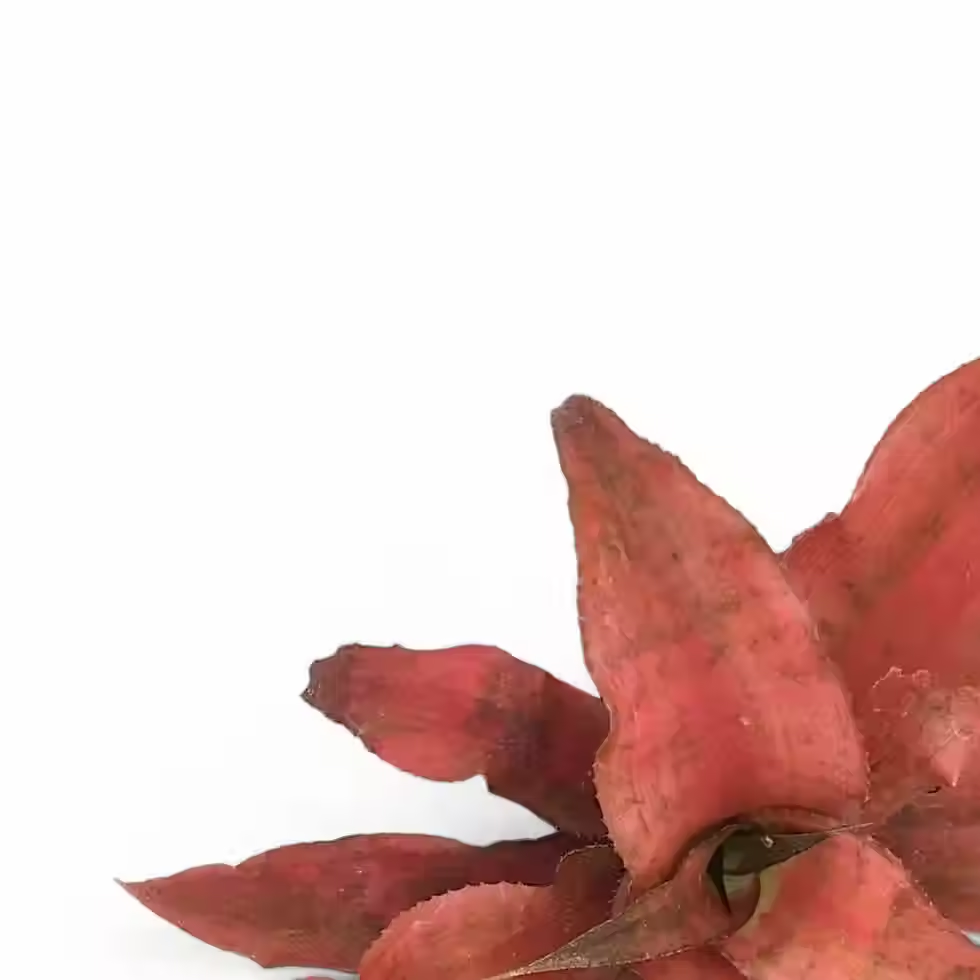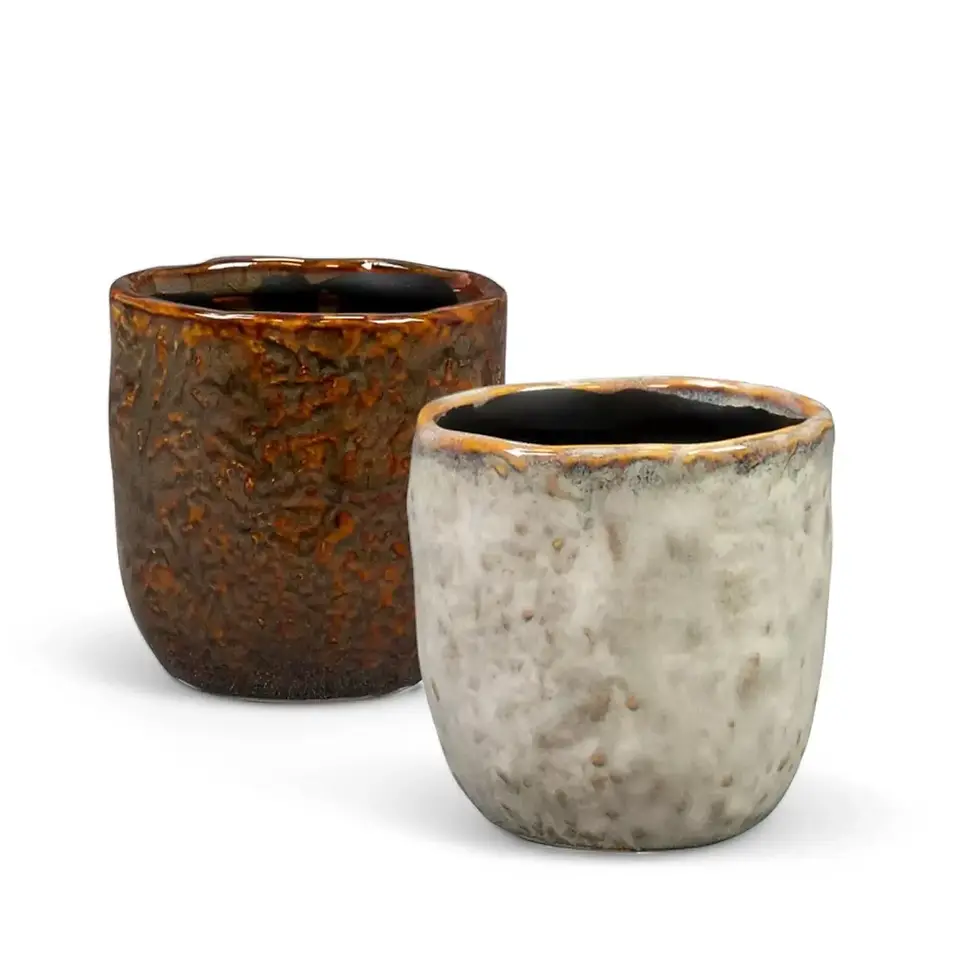Euphorbia abyssinica - Care, Growth and Characteristics
Sculptural Beauty with Minimal Care
Euphorbia abyssinica (often sold as Euphorbia acruensis) is a striking, tree-like succulent known for its architectural silhouette. Resembling a desert candelabra, its thick, columnar stems grow upright with deep ridges lined by corky spines. Though often mistaken for a cactus, it belongs to the Euphorbiaceae family.
Native to northeast Africa, it thrives in hot, arid landscapes but adapts well to indoor cultivation. While it can reach up to 10 meters in the wild, indoor specimens typically grow 2-3 meters over time.
Key Features and Growth Habits of Euphorbia abyssinica
- Size and Shape: Vertical, tree-like form with multiple thick stems.
- Ribbed Stems: Deep ridges with corky, triangular spines.
- Growth Rate: Slow to moderate, making it easy to manage indoors.
- Drought-Resistant: Stores water efficiently, requiring infrequent watering.
- Minimal Foliage: Small leaves appear on fresh growth and drop as stems mature.
Natural Habitat and Environmental Adaptations of Euphorbia abyssinica
Native to Sudan, Eritrea, Ethiopia, and Somalia, it grows at altitudes of 850-2,200 meters in dry, rocky environments.
→ Survival Adaptations:
- Water-storing stems to endure long dry spells.
- Corky spines for protection and moisture retention.
- Deep ridges provide structural support and reduce water loss.
Complete Euphorbia abyssinica Care Guide
→ Light Requirements
- Thrives in bright, direct light—south-facing windows are best.
- Tolerates partial shade but may become leggy in low light.
- If transitioning to full sun, acclimate gradually to prevent sunburn.
→ Watering Guide
- Spring and Summer: Water only when soil is fully dry (every 2-3 weeks).
- Autumn and Winter: Reduce watering to once a month or less.
- Ensure pots have drainage holes to prevent root rot.
→ Humidity and Temperature
- Humidity: Prefers low humidity, making it ideal for indoor conditions.
- Temperature: Best kept between 18-26°C. Protect from frost and cold drafts.
→ Best Soil and Potting Mix
- Use well-draining, gritty cactus/succulent soil.
- Add pumice, perlite, or lava rock for aeration.
- Terracotta or unglazed ceramic pots help prevent excess moisture retention.
→ Repotting Tips
- Repot every 2-3 years to refresh soil and prevent root congestion.
- Best done in early spring before new growth starts.
- Wear gloves to avoid contact with toxic sap.
→ Fertilizing Schedule
- Use a low-nitrogen, high-potassium fertilizer.
- Feed monthly during the growing season (spring and summer).
- Avoid fertilizing in winter when growth slows down.
Propagation Techniques
- Best propagated via stem cuttings.
- Allow cuttings to dry for a week before planting in dry soil.
- Avoid touching the toxic sap, which can cause irritation.
Pruning and Maintenance
- Minimal pruning needed—only remove damaged sections.
- Can be pruned for shape control or branching.
- Always wear gloves due to the toxic latex sap.
Toxicity Warning
Caution: The milky sap is highly toxic and can cause skin irritation and eye discomfort. Keep away from pets and children.
Common Problems with Euphorbia abyssinica and Solutions
→ Pests
- Mealybugs: White cottony patches—wipe with neem oil or insecticidal soap.
- Spider mites: Fine webbing and yellow spots—apply miticides.
- Scale insects: Hard brown bumps on stems—remove manually and treat with insecticidal soap.
→ Root Rot
- Symptoms: Mushy stems, blackened roots, sudden collapse.
- Solution: Remove affected parts, repot in dry, well-draining soil, and reduce watering.
→ Leaf and Stem Discoloration
- Yellowing Stems: Overwatering—allow soil to dry completely.
- Wrinkled Stems: Underwatering—give a deep soak and let dry.
- Sunburn: Brown patches from excessive sun—acclimate gradually.
Interesting Facts and Additional Tips for Euphorbia abyssinica
- Wind Protection: In outdoor settings, strong winds can damage stems.
- Live Fencing: Used in Africa as a natural, spiny barrier.
- Fuel and Fishing Uses: Historically experimented with for biofuels and used in fish poison.
- Mistaken Identity: Often confused with Euphorbia ammak and Euphorbia ingens, but grows more upright.
Etymology and Botanical History
- Genus:Euphorbia - Named after Euphorbus, an ancient Greek physician.
- Species:abyssinica - Refers to its origin in Abyssinia (modern Ethiopia).
- Described by J.F. Gmelin in 1791.
Frequently Asked Questions about Euphorbia abyssinica
- How fast does Euphorbia abyssinica grow?Moderate growth rate, reaching 1-3 meters indoors over several years.
- Can Euphorbia abyssinica tolerate shade?It tolerates partial shade but thrives in bright, direct light.
- How do I handle its sap safely?Wear gloves and wash skin immediately if exposed.
Order Your Euphorbia abyssinica Today!
Bring the sculptural beauty of Euphorbia abyssinica into your home—order now and enjoy this resilient, low-maintenance plant.
Euphorbia abyssinica
Euphorbia abyssinica comes in following sizes:
L – is approximately 75 cm tall and comes in a ⌀ 17 cm pot
XL – is approximately 95 cm tall and comes in a ⌀ 24 cm pot

























































